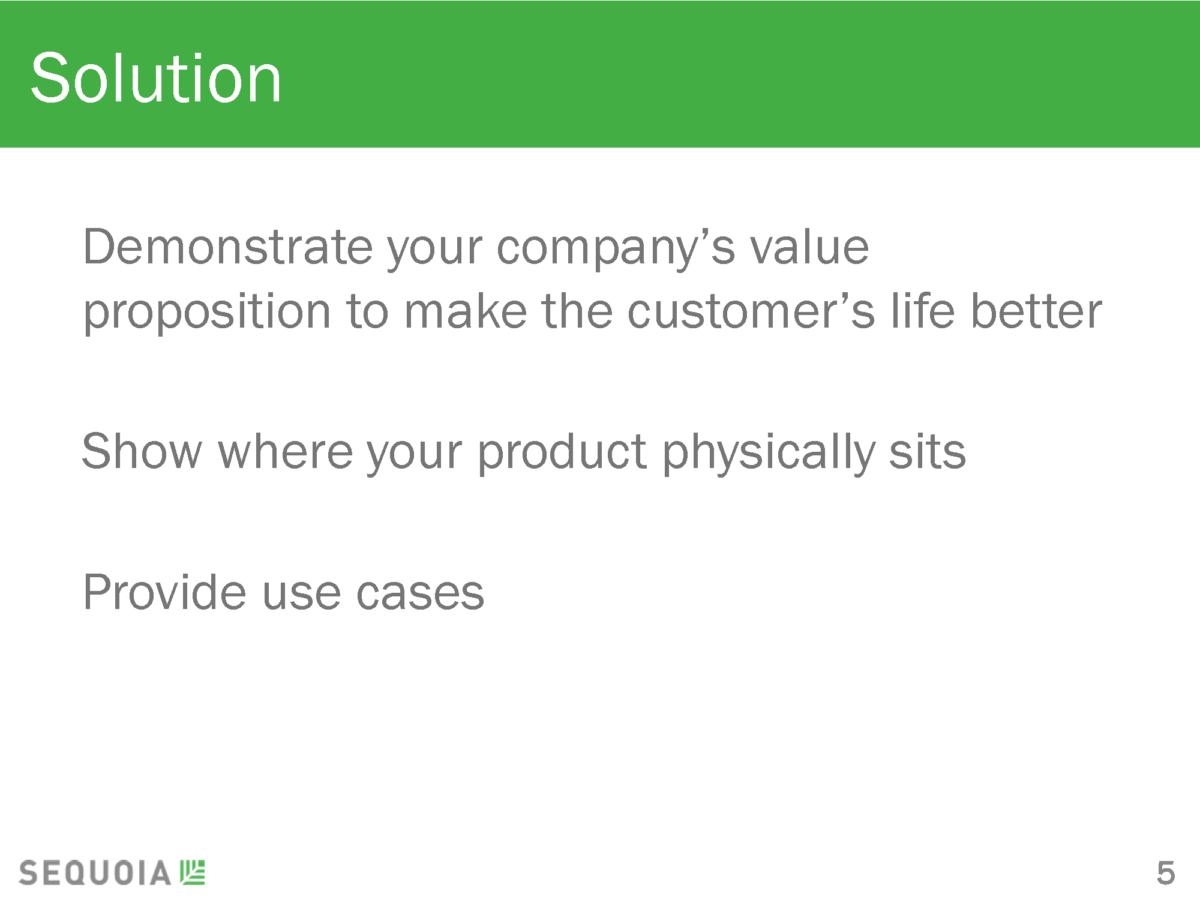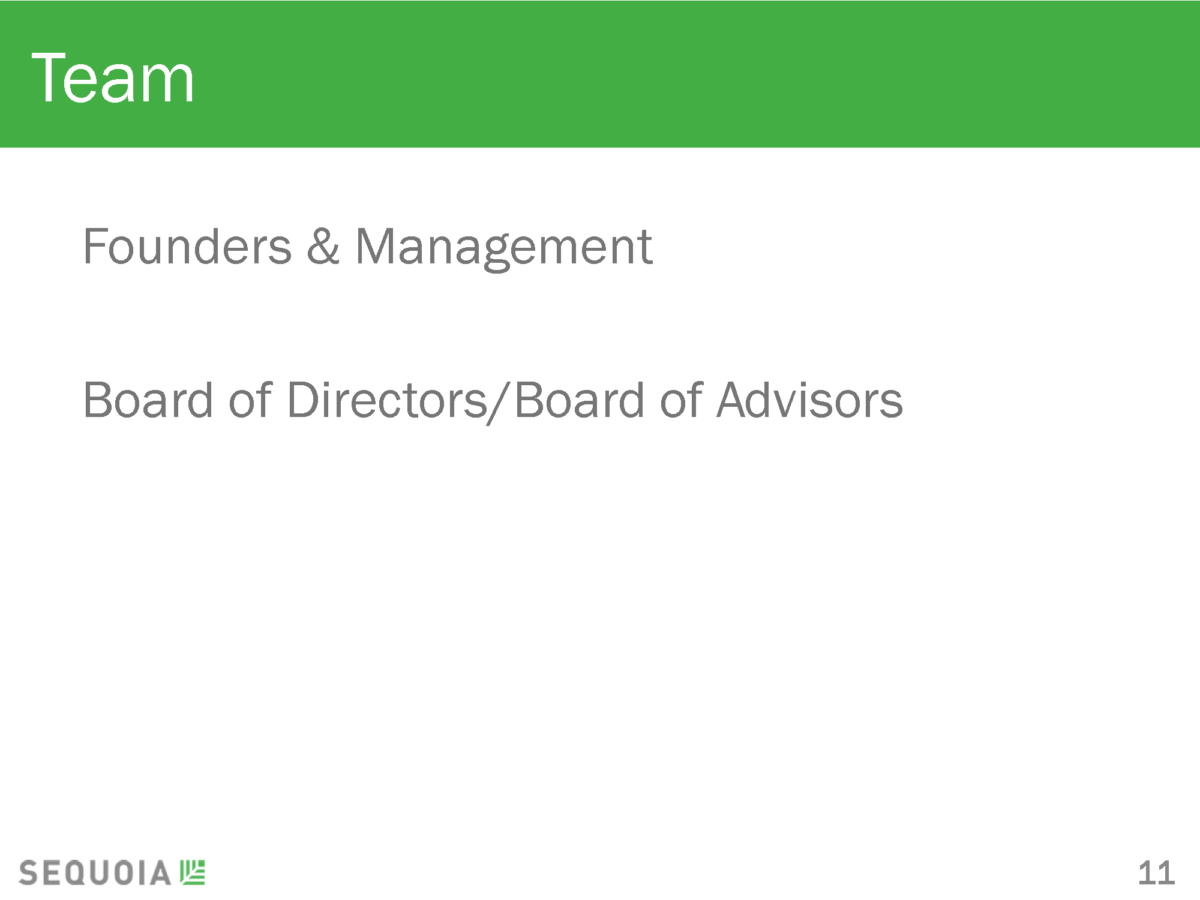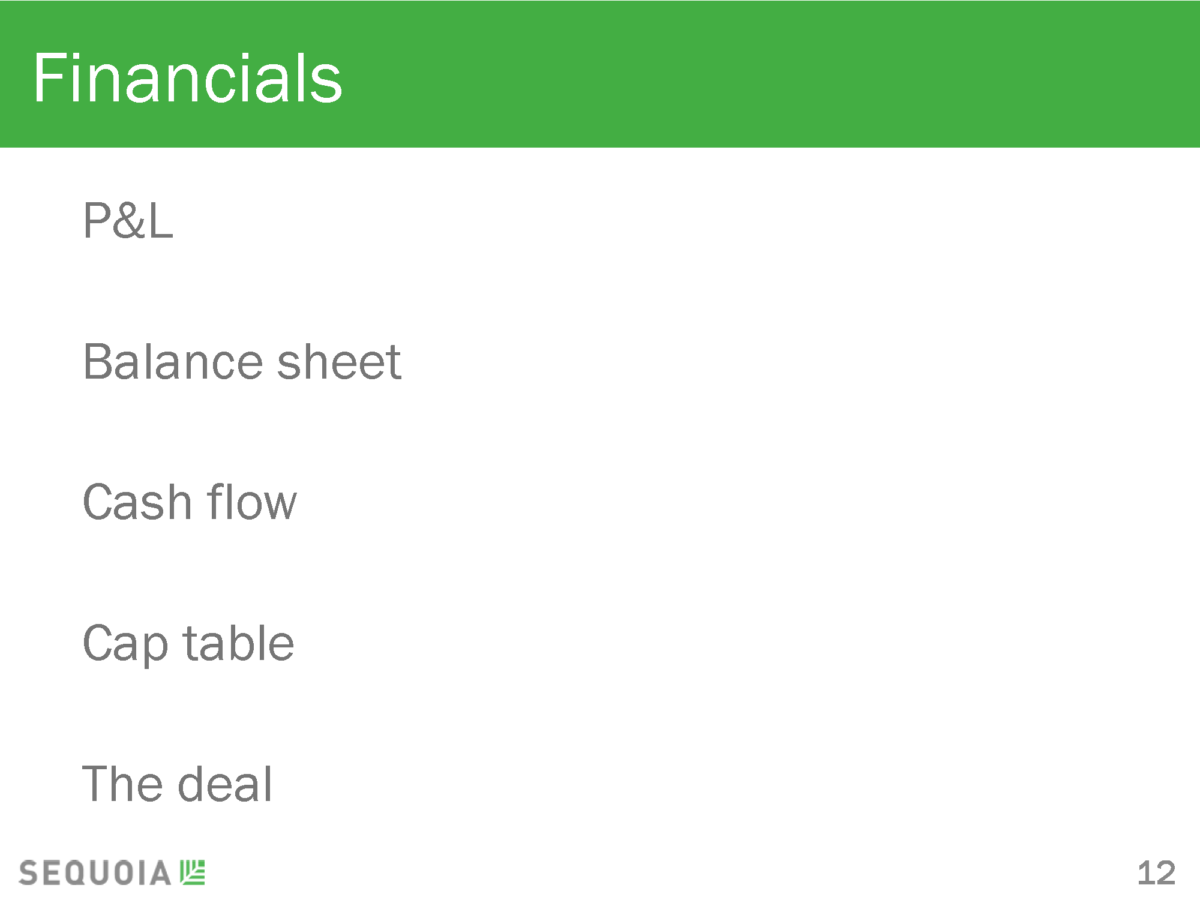The most powerful pitch deck framework in the world that helped create over $4 trillion in value 💸
“The most powerful person in the world is the storyteller" - Steve Jobs
👋 Hey, Linas here! Welcome to a special issue of my daily newsletter. Each day I focus on 3 stories that are making a difference in the financial technology space. Coupled with things worth watching & most important money movements, it’s the only newsletter you need for all things when Finance meets Tech. If you’re reading this for the first time, it’s a brilliant opportunity to join a community of 170k+ FinTech leaders:
Venture capital firm Sequoia has been an early investor in 3 of the 6 companies worth over $1 trillion today - Apple AAPL 0.00%↑, Google GOOGL 0.00%↑, and NVIDIA NVDA 0.00%↑.
It’s not a coincidence as one of the most respected VCs in the world has also backed Airbnb, Uber, Instagram, and WhatsApp and helped create over $4 trillion in value 🤯
So how did we get here? One word - storytelling.
Every great entrepreneur is someone who can tell a compelling story. Your pitch deck is basically a sales document, and given investors have limited time and a short attention span, you have to make first impressions last.
Here's how Sequoia recommends structuring your story:
1. Company Purpose
Every startup needs a mission, and founders need to communicate it. Condense your mission into 1 sentence and make it simple yet powerful.
Don't list features - communicate your purpose.
2. Problem
Every successful startup solves a specific problem for a specific user.
Use this slide to:
Describe the pain of your customer (the bigger the better)
Explain how this pain is currently addressed
Show why the current market offerings are not sufficient
3. Solution
Explain why your value proposition is unique and compelling.
Remember - the most successful startups are those that solve a problem 10x better than anyone else.
4. Why Now
Timing is everything.
Remember that:
iPhone wasn't the first smartphone.
Google wasn't the first search engine.
Facebook wasn't the first social network.
Stripe wasn't the first payment processor.
Bitcoin wasn't the first cryptocurrency.
Most investors are trend-hunters. They form beliefs about the future and tend to write checks when a startup fits that narrative. Communicate your narrative.
5. Market Size
Investors love when the opportunity is really big. But you have to be specific and provide some numbers.
Focus on these:
Total addressable market (TAM) = total market demand
Serviceable available market (SAM) = portion of TAM served by the company
Serviceable obtainable market (SOM) = percentage of SAM which is realistically achieved
6. Competition
Competition is the driving force of innovation. But don't focus on your competition per se.
Use this slide to show off what makes your startup more beneficial for your target user. A good way of doing that is to create a matrix that positions your startup against competitors on metrics or features that your users care about.
Stand out.
7. Product
This is the how behind your solution. Use this slide to show why what you're building will be hard for others to replicate.
Arguably the best way of doing that is by showing a pre-recorded demo. Because a picture is worth 1000 words.
Bring the solution alive.
8. Business Model
This is where you talk about how do/will you make money.
Whether it’s subscriptions, ads, or fees, you should pick one path and stick to it (having more might be confusing to investors and customers).
Don’t forget to include metrics around critical areas like:
Customer acquisition cost (CAC)
Life time value (LTV)
9. Team
The team is critical. In the early stages, an investor is primarily making a bet on you and your co-founders, so you really need to sell your team.
You should not only list your team members but also talk about what makes your team particularly well-suited to solving the problem. Most importantly, this should be about the founders - nobody cares about your advisors.
10. Financials
Don’t overcomplicate this slide - keep it simple.
Focus on key metrics and growth charts. Also, show:
Revenue generated over time
Burn per month
Months of runway left
TL;DR - to make a great pitch deck, you must talk about:
Company Purpose
Problem
Solution
Why Now
Market Size
Competition
Product
Business Model
Team
Financials
And that’s not it. Leverage these resources and build the next unicorn faster and easier 🦄
It includes:
A global investor database that has a list of 6,200+ investors (angel investors, venture capital (VC), incubators and accelerators, private equity (PE), family offices, banks & more!)
A list of 50,000+ startup resources from the world's most proven network to turn ideas into fundable startups (it helped launch over 5,000 companies across 200+ cities and 6 continents).
Commandments for raising money in a challenging market (the 8 key takeaways every founder and startup CEO must know today) & more!
If you found this useful, share it with others and spread the word:












